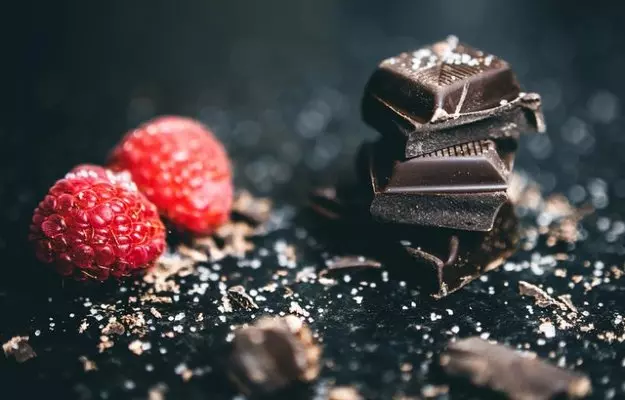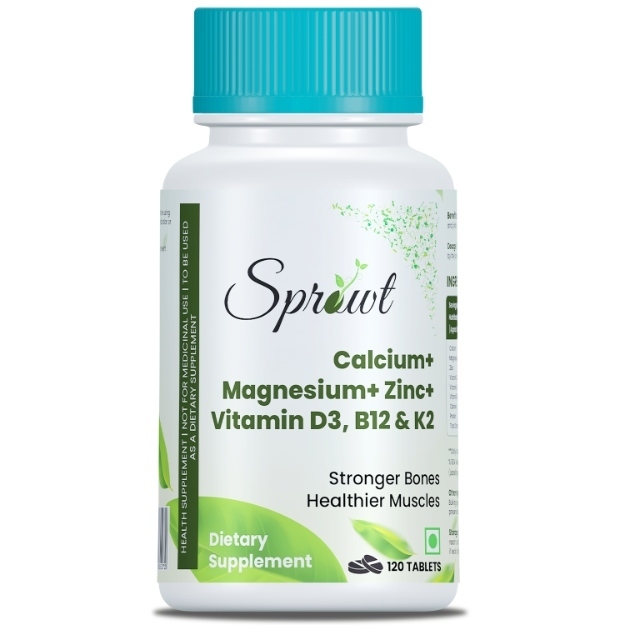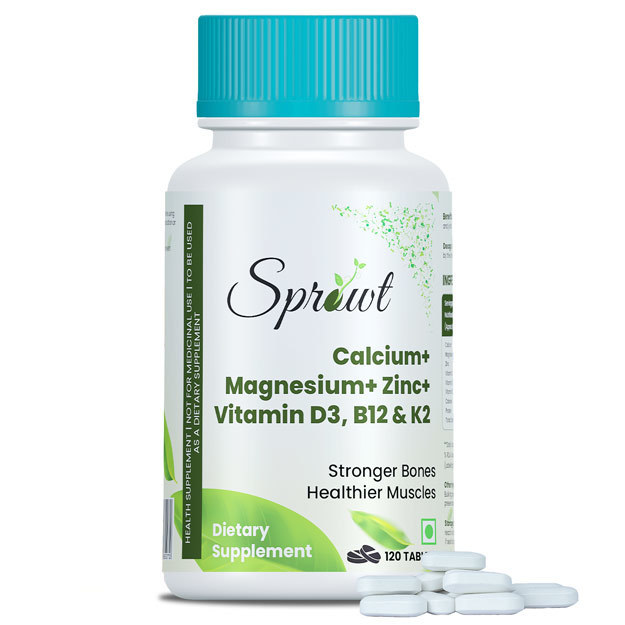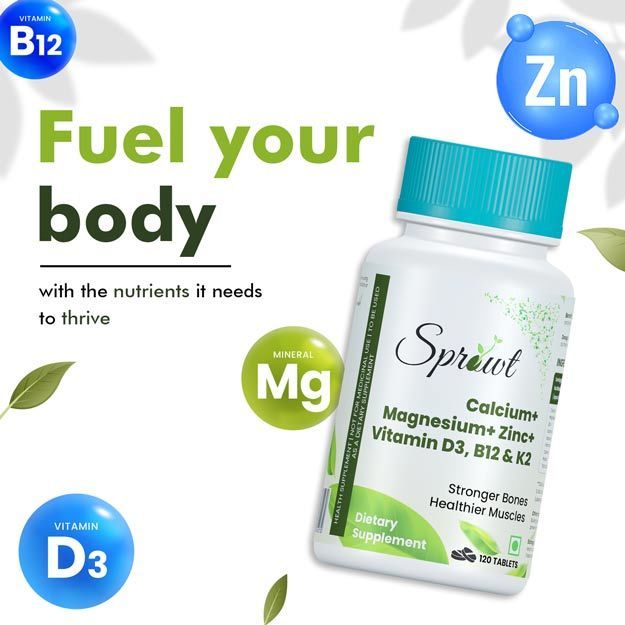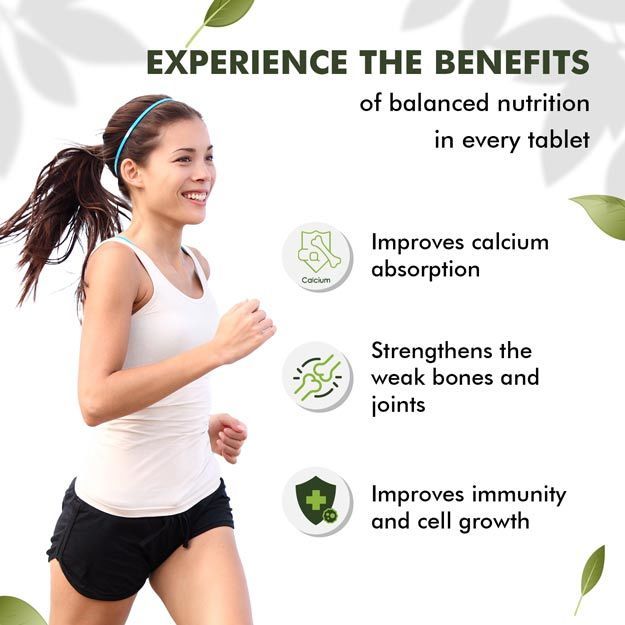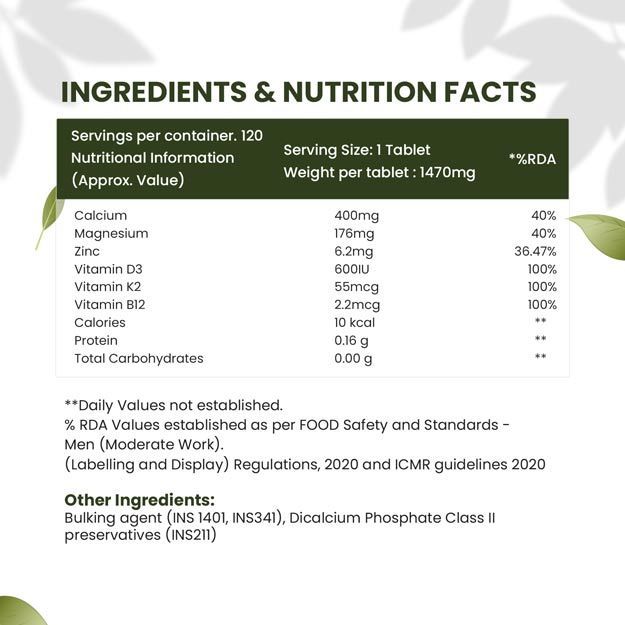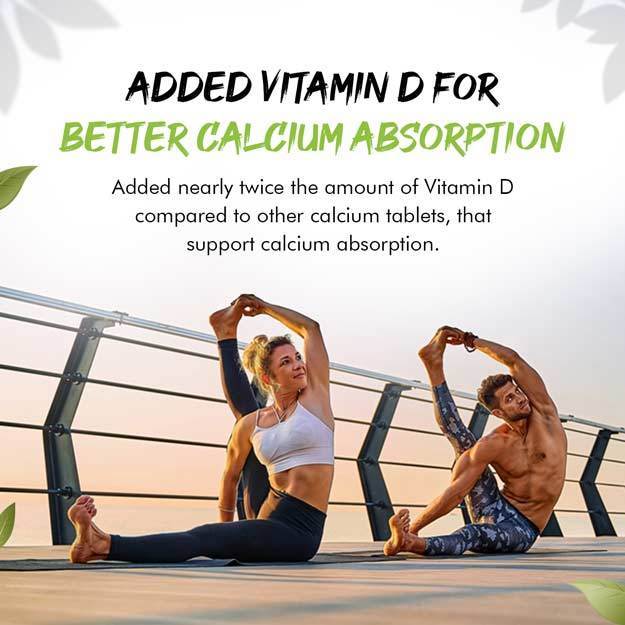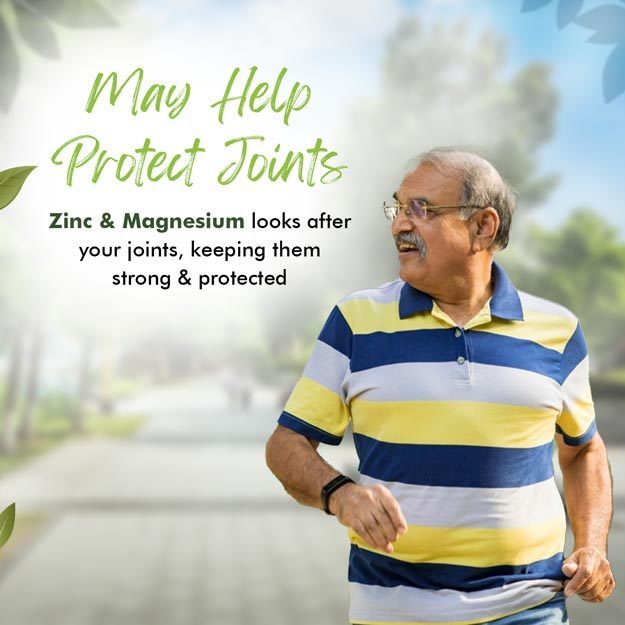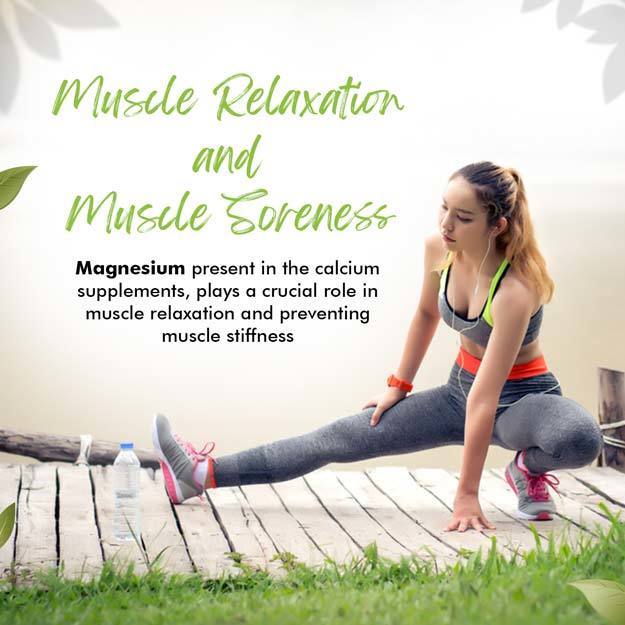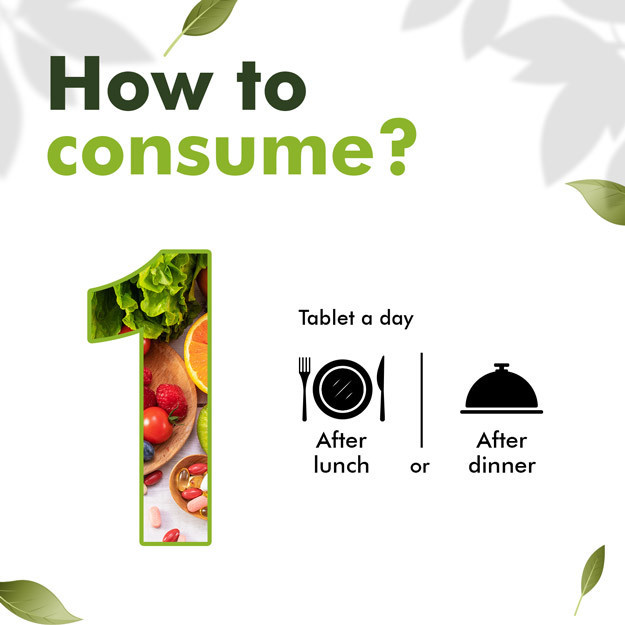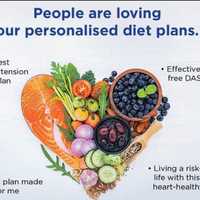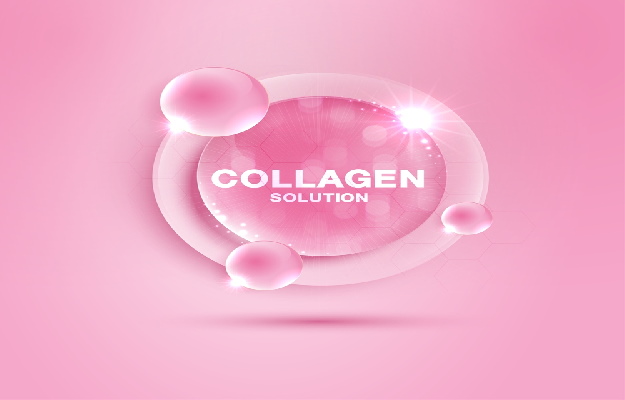Zinc is a trace mineral, which means that we need very small amounts of it in our daily diet: adult men need just 11 mg of zinc per day and adult women, 8 mg. Despite this, the World Health Organization data show that some 31% of the world population gets inadequate zinc.
There are at least three reasons for this:
- First, getting an adequate amount of zinc is more complicated than simply eating foods rich in the mineral. Zinc from plant-based sources is not absorbed as easily in the body as zinc from animal sources like shellfish. Zinc absorption may also be hindered in someone whose diet comprises mainly grains and other plant-based foods containing phytates (plant compounds).
- Second, people with underlying conditions like malabsorption syndrome and ulcerative colitis (chronic gut inflammation and ulcers) cannot fully absorb the zinc from the food they eat.
- And third, certain medicines like tetracycline antibiotics also hinder the absorption of zinc. Alcoholism is another reason for poor absorption of zinc in the body.
Additionally, researchers have found that rising levels of carbon dioxide in the atmosphere may also be reducing the amount of zinc in crops.
Zinc deficiency has been linked to health problems like growth retardation, smaller testes and testosterone deficiency, delayed sexual development, diarrhoea, rough skin and poor immunity. It’s important to try and get an adequate amount of zinc daily, to avoid these conditions.
To do this, you must eat well. This means adding a range of different foods to your diet. Not just depending on rice or wheat to fill you up but eating a balanced diet with five servings of fruits and vegetables daily.
Here are a few cues on how to do this:
- If you eat shellfish, then oysters and lobsters are the best sources of zinc.
- If you eat non-vegetarian food, then red meat, chicken and eggs are also good sources of zinc.
- If you are a vegetarian, you may have to be extra vigilant. Make smart substitutions like replacing butter with avocado on toast. And add nuts and seeds like pumpkin seeds and cashews to your breakfast or snack routine. Some traditional cooking hacks like adding amchur to garbanzo beans or choley and citric acid to foods also increase the bioavailability (body's ability to absorb) of zinc from the food we eat.
- If you have a sweet tooth, try satisfying it with dark chocolate (at least 70% cocoa).
Here are some foods you can add to your meals, to get a good amount of zinc in your daily diet:

